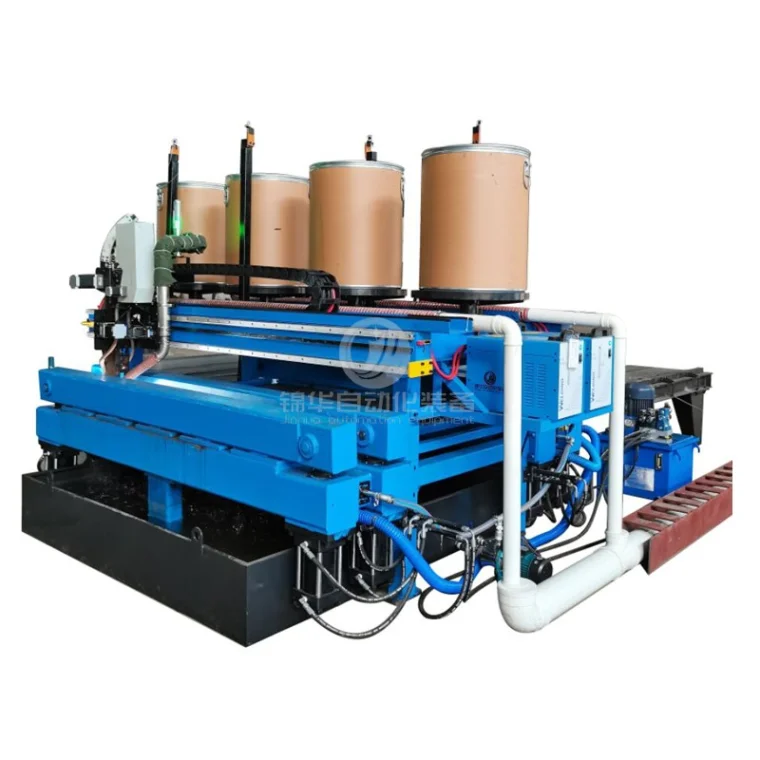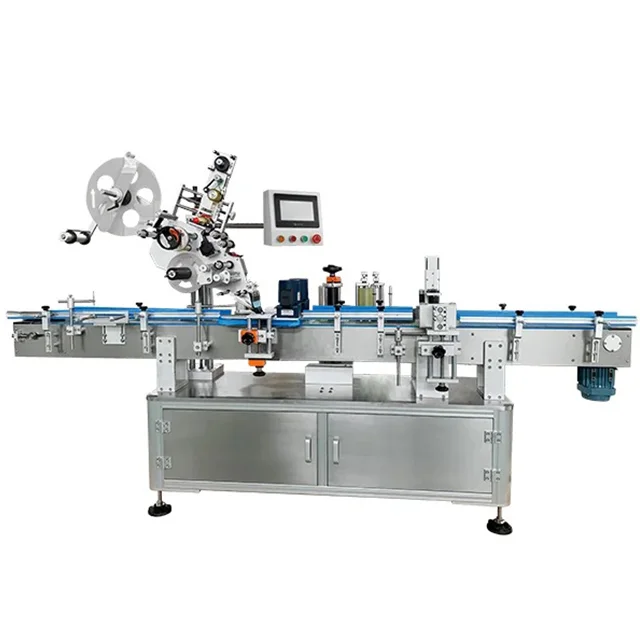In various industries, from manufacturing to pharmaceuticals, the ability to accurately measure and monitor pressure is crucial for operational efficiency and safety. A pressure indicator serves as an essential tool in this regard, providing real-time data that can help prevent equipment failure and ensure optimal performance. This article will guide you through the intricate process of installing a pressure indicator, ensuring that you achieve accurate readings and maintain system integrity.
Understanding Pressure Indicators
Before diving into the installation process, it’s important to understand what a pressure indicator is and how it functions. A pressure indicator, often referred to as a pressure gauge or transducer, measures the pressure of gases or liquids within a system. It converts the physical pressure into an electrical signal or a readable format, allowing operators to monitor system performance effectively.
Selecting the Right Pressure Indicator
The first step in the installation process is selecting the appropriate pressure indicator for your application. Consider the following factors:
- Pressure Range: Ensure the indicator can handle the maximum and minimum pressure levels of your system.
- Type of Fluid: Different indicators are designed for specific fluids (liquids or gases) and may require special materials to prevent corrosion or damage.
- Accuracy: Depending on your application, you may need a high-precision indicator. Look for specifications that meet your accuracy requirements.
- Connection Type: Pressure indicators come with various connection types (threaded, flanged, etc.). Ensure compatibility with your existing system.
Tools and Materials Needed
Before starting the installation, gather the necessary tools and materials:
- Pressure indicator
- Wrenches (adjustable and fixed)
- Teflon tape or pipe sealant
- Screwdriver
- Calibration equipment (if necessary)
- Safety goggles and gloves
Step-by-Step Installation Process
Step 1: Safety First
Before beginning the installation, ensure that the system is depressurized and isolated. Wear appropriate safety gear to protect against any potential hazards.
Step 2: Prepare the Installation Site
Identify the optimal location for the pressure indicator. It should be easily accessible for monitoring and maintenance. Clean the area around the installation site to prevent contamination.
Step 3: Apply Sealant
If your pressure indicator has threaded connections, apply Teflon tape or pipe sealant to the threads. This will help prevent leaks and ensure a secure fit.
Step 4: Install the Pressure Indicator
Carefully screw the pressure indicator into the designated port. Use a wrench to tighten it, but avoid over-tightening, which can damage the threads or the indicator itself.
Step 5: Connect Electrical Wiring (if applicable)
For electronic pressure indicators, connect the electrical wiring according to the manufacturer’s instructions. Ensure that all connections are secure and insulated to prevent short circuits.
Step 6: Calibration
Once installed, calibrate the pressure indicator to ensure accurate readings. This may involve applying known pressure levels and adjusting the indicator accordingly. Refer to the manufacturer’s guidelines for specific calibration procedures.
Step 7: Testing
After installation and calibration, test the system to ensure the pressure indicator is functioning correctly. Monitor the readings for a period to confirm accuracy and reliability.
Maintenance Tips for Longevity
To ensure the longevity and accuracy of your pressure indicator, consider the following maintenance tips:
- Regular Calibration: Schedule periodic calibration to maintain accuracy.
- Visual Inspections: Regularly inspect the indicator for signs of wear, corrosion, or damage.
- Cleanliness: Keep the installation site clean to prevent contamination that could affect readings.
- Documentation: Maintain records of installation, calibration, and maintenance activities for future reference.
Conclusion
Installing a pressure indicator is a critical task that requires careful planning and execution. By following the steps outlined in this guide, you can ensure accurate pressure measurement and enhance the safety and efficiency of your operations. Remember, the right pressure indicator, proper installation, and regular maintenance are key to achieving optimal performance in your system. Embrace the importance of pressure monitoring and take proactive steps to safeguard your processes today.





